Anti-Ageing On TikTok
The Epidemic of 'Sephora Kids'
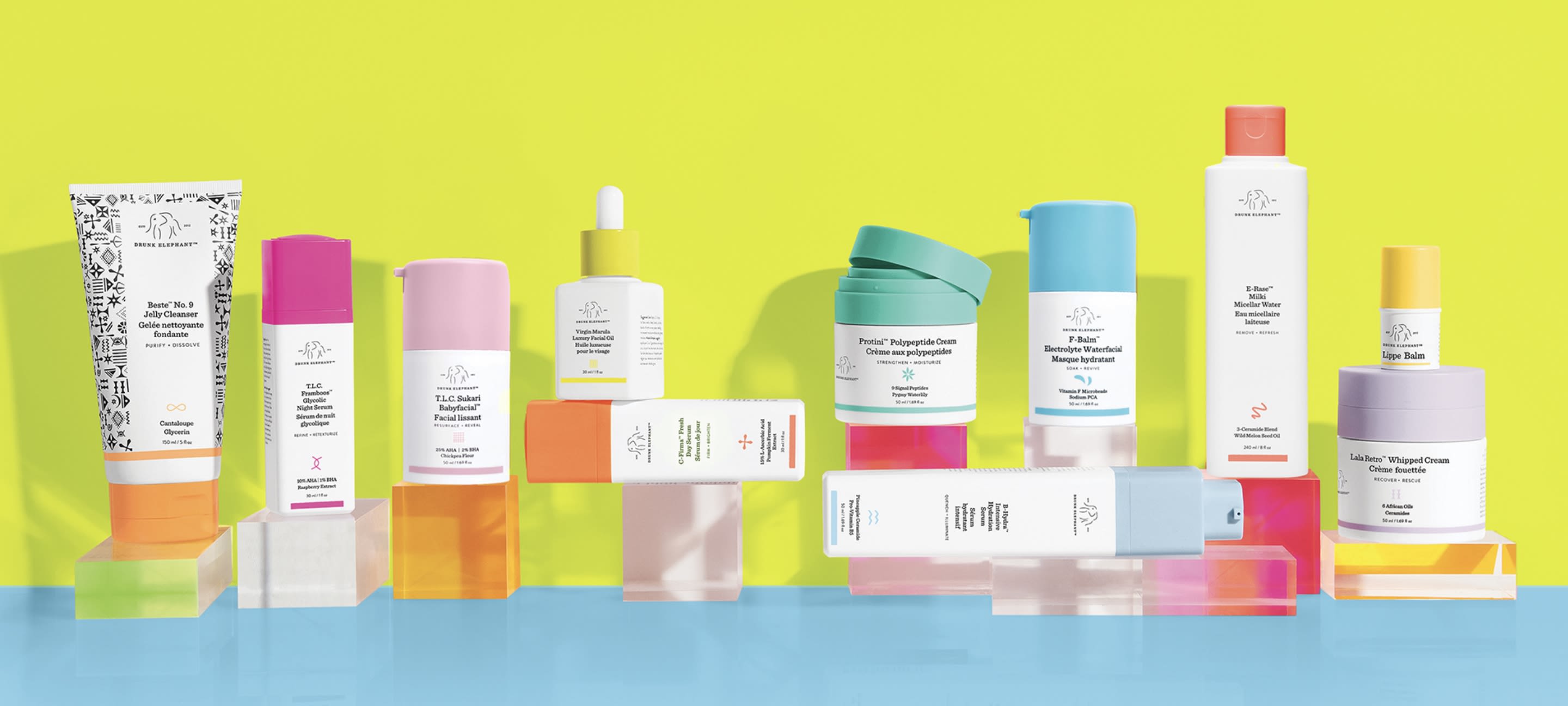
From dance challenges to beauty tutorials, the platform TikTok is a melting pot of creativity and self-expression. Yet, amidst the sea of viral content, one trend stands out as a testament to our society's relentless pursuit of perfection: the obsession with anti-ageing.
As teenagers scroll through their feeds, they are bombarded with images of flawless skin, plump lips, and sculpted features, all 'attainable' with the right skincare routine or cosmetic procedure. Concerningly, what was once the domain of middle-aged women has now trickled down to the youngest members of society, as girls as young as nine clamor for serums and creams promising eternal youth. This phenomenon, colloquially known as the "Sephora kids" trend, has sparked a debate about the societal pressures placed on young people to defy the natural process of ageing.
In this multi-media digital story, we delve into the heart of Social Media culture, exploring the roots of youth's obsession with anti-aging and the far-reaching implications of this trend. We aim to unravel the complexities of youth's relationship with beauty, ageing, and self-image in the digital age.
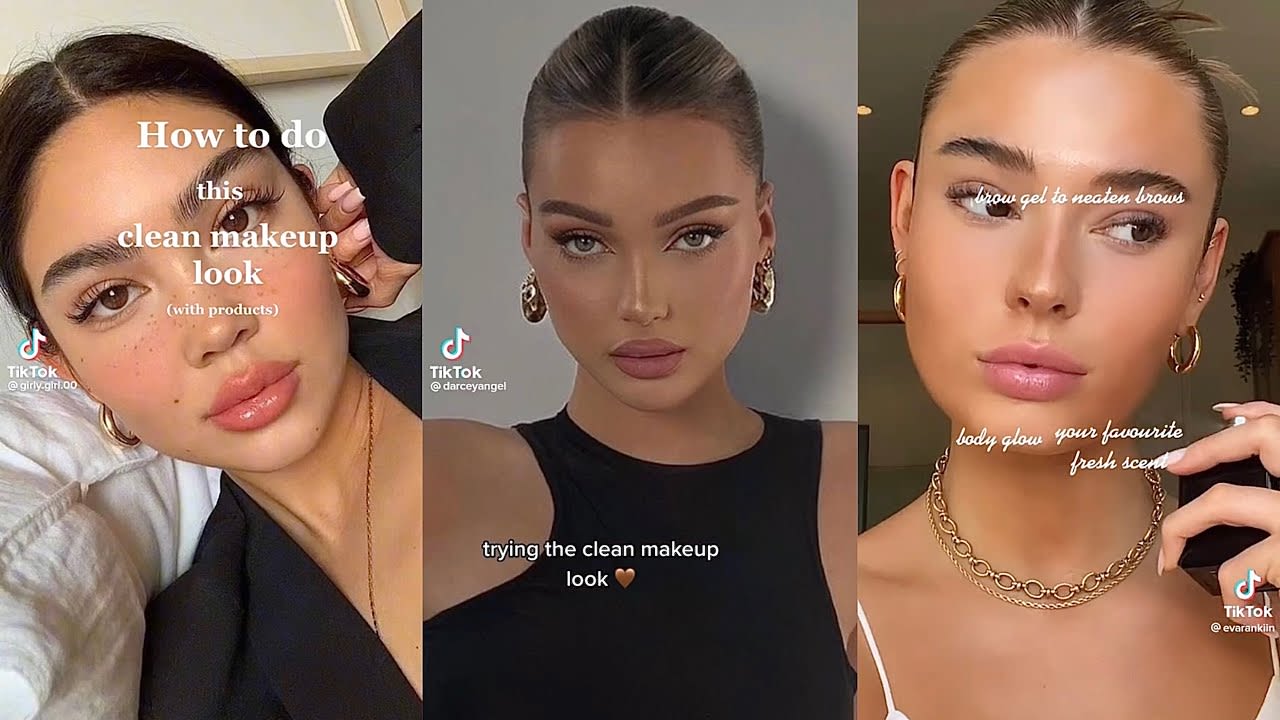
Beauty througout History
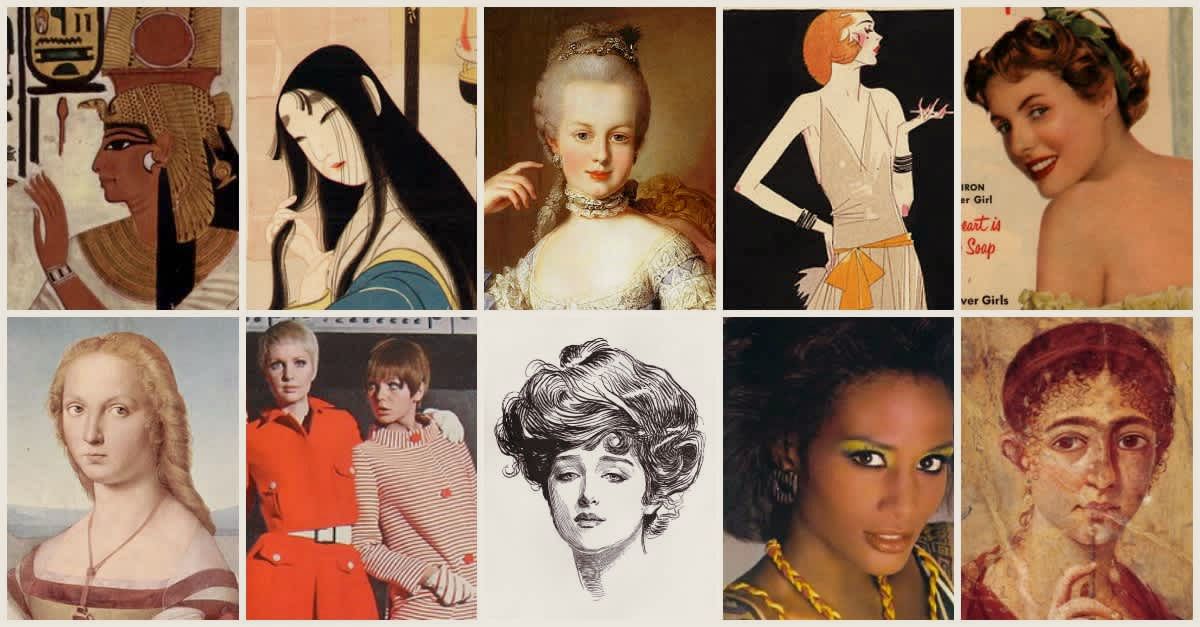
Throughout history desirable facial structures and traits have been evolving, although there has been one constant, a need for 'smooth' or 'perfect' skin.
Empress Wu Zetian (660-705 AD), emperor of China was not only powerful, but also delved into beauty secrets turning to the earth or inspiration. Every morning she drank tea, prepared motherwort and cold water to wash her face in the mornings, and would get rice messages. Wu Zetian was known for her beauty, and it is well deserved with how much work she put in.
Mary Queen of Scots (1542-1587), bathed in white wine to improve her complexion and skin health.
Elizabeth Báthory was a 16th century Hungarian countess and one of the first documented female serial killers. It was claimed that she would bathe in the blood of her female victims, usually virgins, in an attempt to maintain a youthful appearance. She had her servants help her in acquiring these women and the baths.
In current times we do not tend to bathe in blood, wine, or milk. Instead, we strive towards creams, injections or serums. As media develops, more trends on skin care and the products arise.
Although cremes and serums are popular, there has been a recent increase in demand for all natural, vegan, and cruelty free products. With this trend in mind, there might be something to say for our future using more natural, historic remedies.
"What all beautiful women today have in common is an obvious look of health"
-Andrea Robinson, Beauty editor of Vogue
TikTok Trends
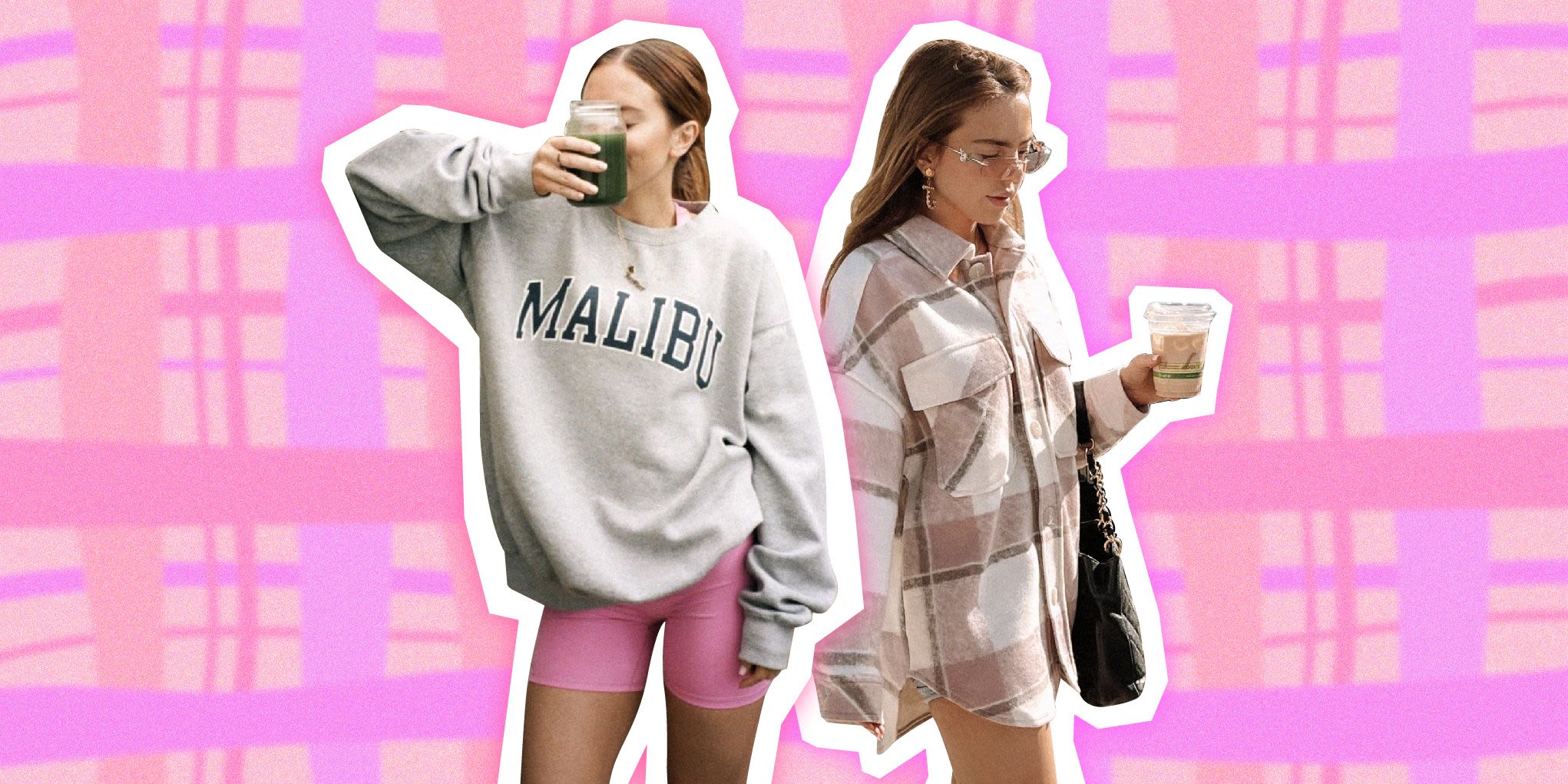

PHENOMENON OF 'SEPHORA KIDS'
The term “Sephora kids” refers to young girls or teenagers who have developed an interest in skincare and beauty products, often influenced by the presence of stores such as Sephora as well as the current trends on social media. This new and modern phenomenon of “Sephora kids” has encouraged young girls to use skincare products that may be detrimental to their skin instead of beneficial.
Girls as young as 9 are rushing to places like Sephora or Mecca in search for brands such as Drunk Elephant and Glow Recipe Skincare, which contain active ingredients such as retinol and peptides which are unsuitable for children. In fact, most dermatologists advise against starting retinol until you reach your mid-late 20’s or 30’s (Reitsma, 2024). Platforms like Instagram and TikTok have popularised skincare routines and product recommendations, making them more accessible to younger audiences through stores, marketing, social media and making some products affordable.
There are a lot of societal pressures and expectations that come with this phenomenon. Social media influence impacts the younger generations perception of aging as influencers on these platforms idealise beauty, editing tools etc., leading them to invest more money on skincare only because their favourite influencer told them to. This can lead to effects for generations to come.
BABY BOTOX
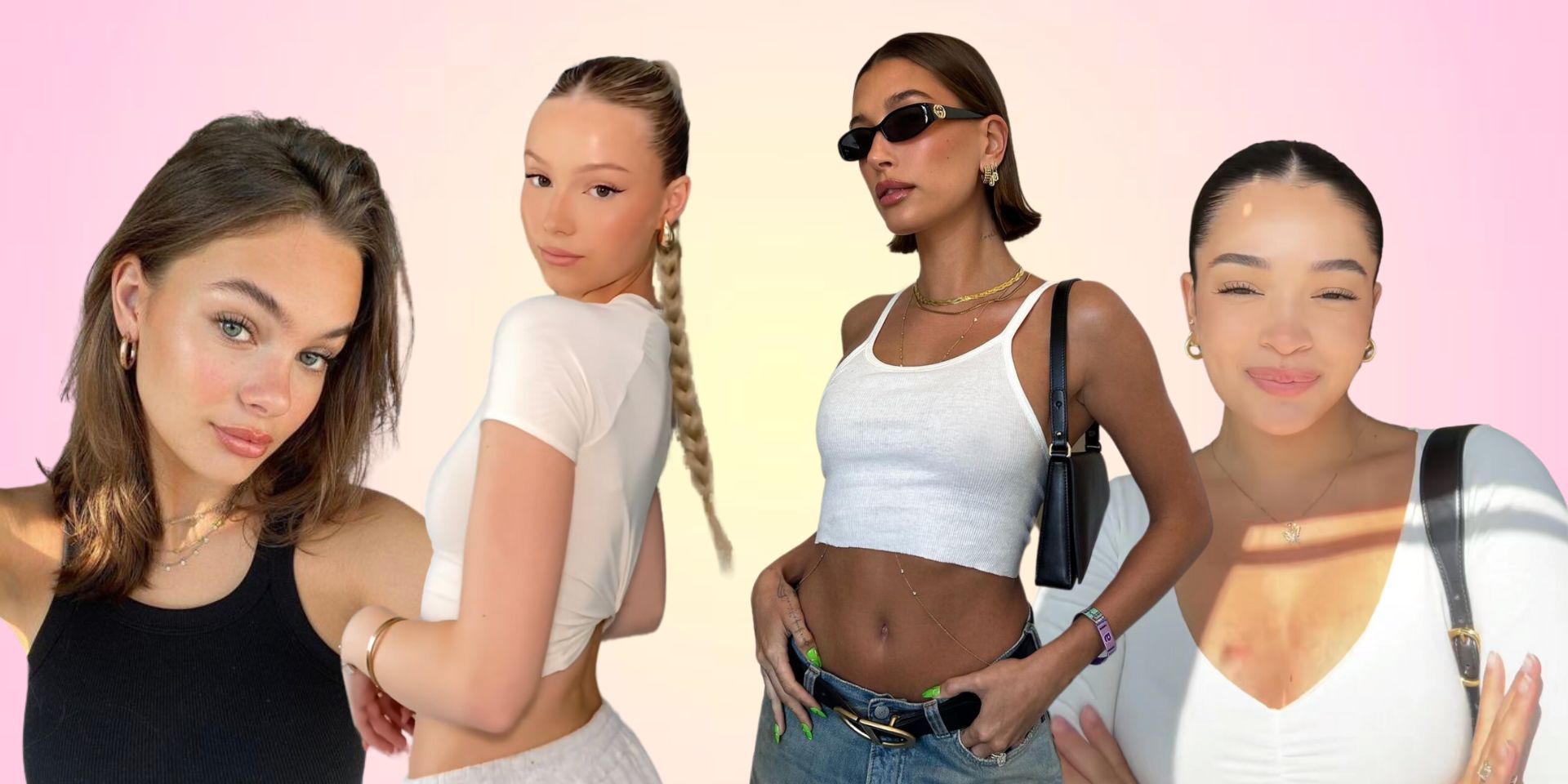
Baby botox, a trend taken to the TikTok platform is the act of getting small amounts of Botox in your early 20s to prevent ageing. Botox is injected into the skin to prevent muscle movement to smooth wrinkles on the face, by getting baby botox it stops the wrinkles forming in the first place. Many on TikTok have come out talking about their experience with baby Botox, sharing with those on the app the benefits they have come across. With the hashtag baby botox having 12.9k videos, this shows the trend has a big following. Not everything to do with baby botox on TikTok is positive, however, with creators coming out against the procedure.
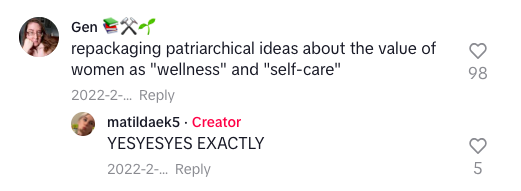
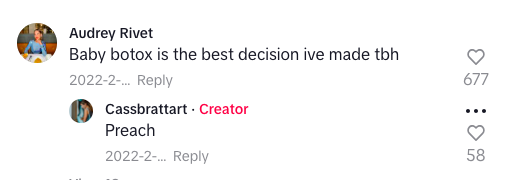

With baby botox being a trend for a while but still on the rise, it obviously has faced its fair share of non-believers, but overall from reading the comments on these videos most are positive with young girls wanting to get their own. It raises the queation, is anti-ageing just so normalised now women don’t even consider wanting to age naturally?
CONCLUSIONS
The relentless pursuit of youthfulness among young people not only perpetuates ageist attitudes but exacerbates them. Society's obsession with youthfulness marginalises older individuals, reinforcing the notion that their worth diminishes as they age. This narrative, perpetuated by media and marketing, creates a culture where older women, or women who don't fit beauty ideals in particular, feel invisible and undervalued. It's a vicious cycle that starts with teenagers striving to delay the inevitable, inadvertently reinforcing discriminatory attitudes towards ageing.
The pressure to conform to societal standards of beauty, which prioritize youthfulness above all else, takes a toll on the mental health and self-esteem of individuals across generations. For teenagers like Lorna Garcia, the fear of developing wrinkles at a young age leads to anxiety and self-doubt. Meanwhile, older women who don't fit the mold of eternal youthfulness may experience feelings of inadequacy and invisibility. This relentless pursuit of an unattainable ideal leaves many grappling with their self-worth and struggling to find acceptance in a culture that values youth above all else.
In a society obsessed with youth, older women often find themselves pushed to the sidelines, their voices and experiences overlooked. Despite their wisdom, accomplishments, and contributions to society, older women are frequently relegated to the background, deemed less relevant or desirable simply because of their age. This invisibility not only erases the rich tapestry of experiences that older women bring but also perpetuates harmful stereotypes about ageing, further marginalizing them in various aspects of life.
From being passed over for job opportunities to experiencing disparities in medical treatment, older women often face systemic barriers that hinder their economic security, health outcomes, and overall well-being. These challenges underscore the urgent need for societal change to address ageism and promote inclusivity across all spheres of life.
There's a critical need for greater representation and inclusivity of older women in media, advertising, and cultural narratives to combat ageism and challenge societal norms around beauty and ageing. By showcasing diverse representations of beauty and ageing, society can celebrate the richness and complexity of life at every stage.
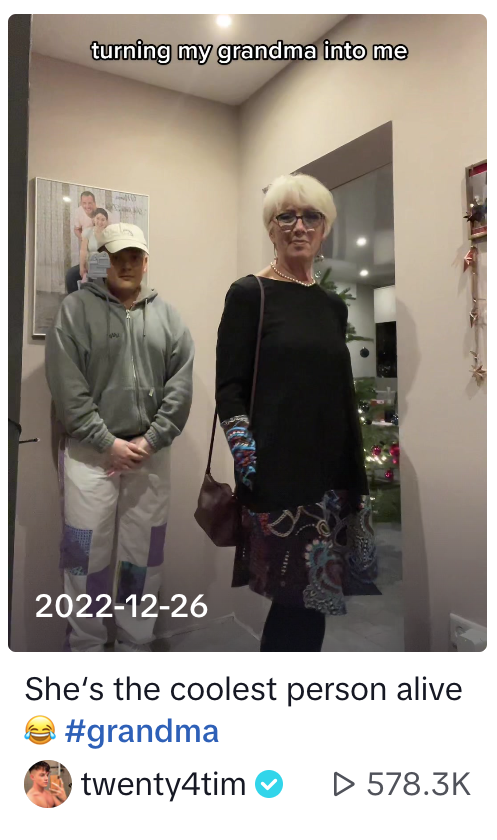
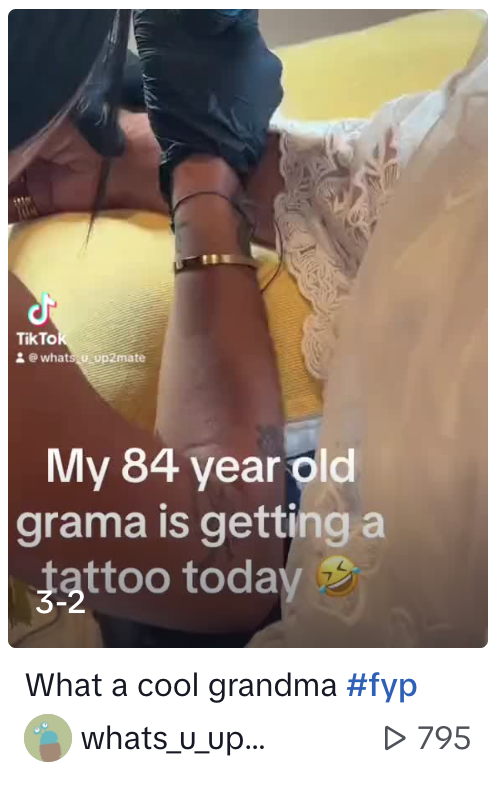
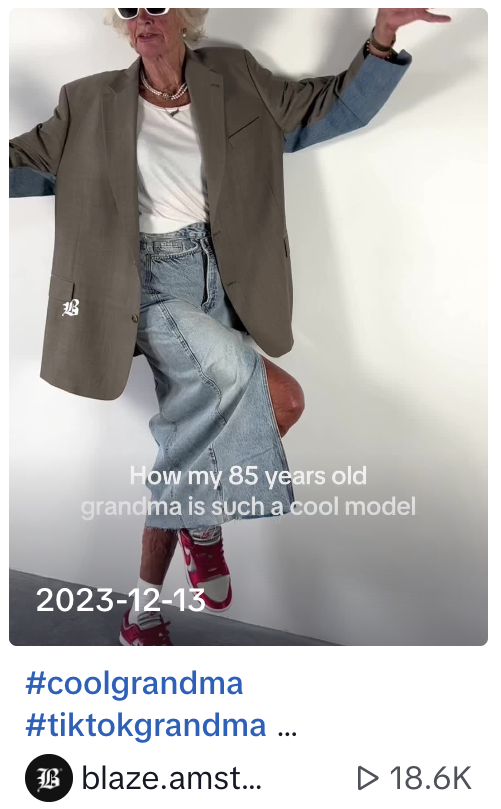
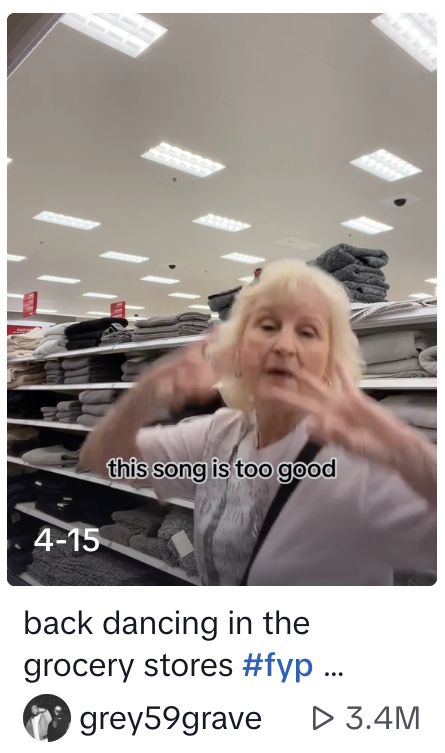
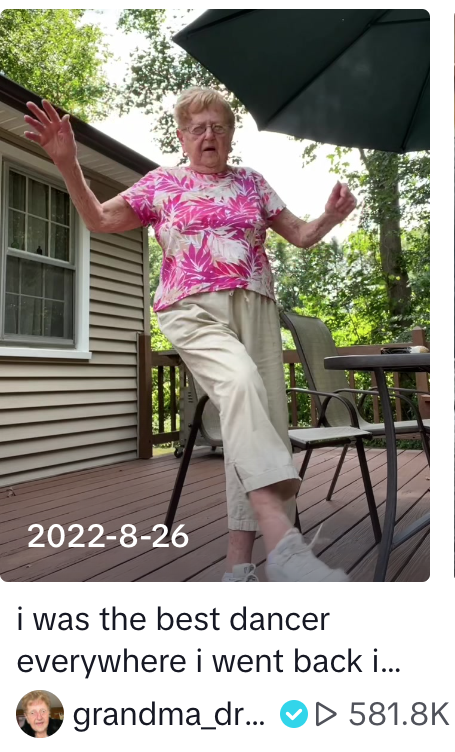
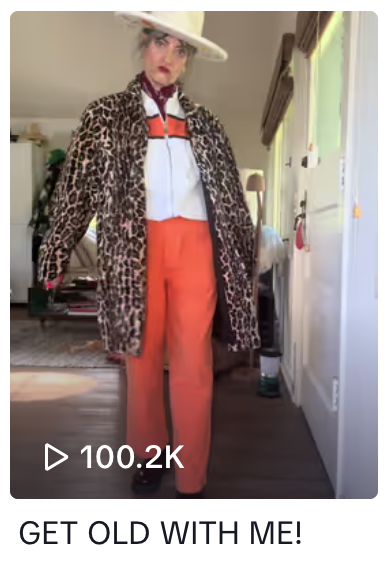
REFERENCES
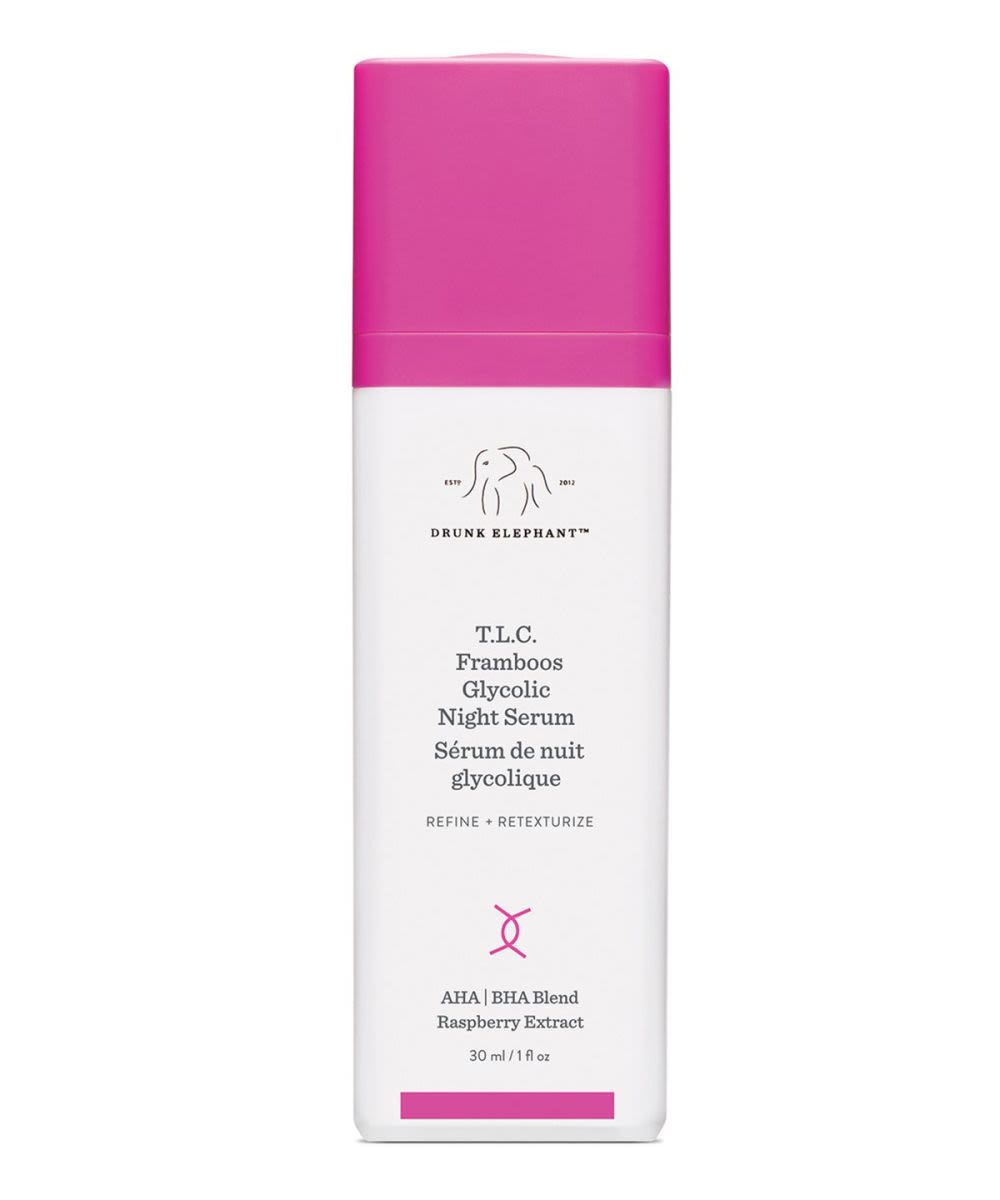
Beauty secrets of empress Wu Zetian. Beauty Drop TX. (2022, April 14). https://beautydroptx.com/beauty-secrets-of-empress-wu-zetian/
Bushak, L. (2024, March 22). #BabyBotox on TikTok: What is it and why are more young people getting it? MM+M - Medical Marketing and Media. https://www.mmm-online.com/home/channel/babybotox-on-tiktok-what-is-it-and-why-are-more-young-people-getting-it/
Caseley, L. (2016, February 13). Learn How Our Standards of Beauty Have Changed Throughout History. LittleThingscom. https://littlethings.com/lifestyle/beauty-through-the-ages
Maas, L. (2018, March 2). The history of Anti Aging Products. Into The Gloss. https://intothegloss.com/2015/03/history-of-anti-aging/
Magazine, S. (2022). TikTok Fashion Trends Every Influencer Seems to Be Wearing. In R. Bogo (Ed.), Seventeen Magazine. https://www.seventeen.com/fashion/trends/a32613796/tiktok-fashion/
Morrill, hannah. (2016, April 15). Charting: A brief history of anti-aging. Charting: A Brief History of Anti-Aging. https://www.harpersbazaar.com/beauty/skin-care/a14980/history-of-anti-aging/
Moustakis, A. (2024, January 19). Goodbye, clean girl. The Queen’s Journal. https://www.queensjournal.ca/goodbye-clean-girl/
Reitsma, B. (2024, January 30). Why are girls as young as 9 asking for Drunk Elephant skincare products?. NZ Herald. https://www.nzherald.co.nz/lifestyle/sephora-kids-and-social-media-why-are-girls-as-young-as-9-asking-for-active-skincare-products/W3OSCK5YRZGVNFMZWYQFLAWVQE/
Romm, S. (1987, January 26). Beauty Through History. Washington Post. https://www.washingtonpost.com/archive/lifestyle/wellness/1987/01/27/beauty-through-history/301f7256-0f6b-403e-abec-f36c0a3ec313/